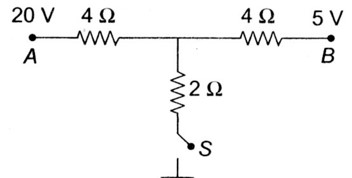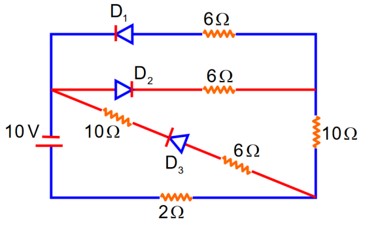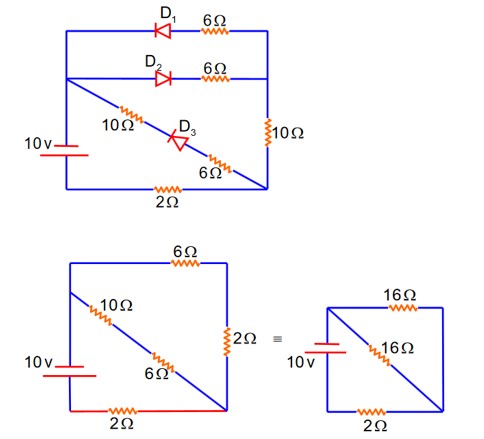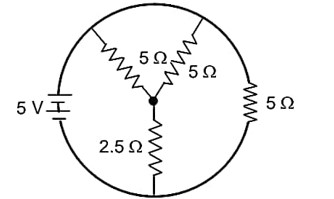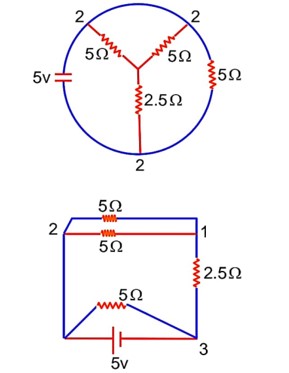Ohms Law
Get insights from 5 questions on Ohms Law, answered by students, alumni, and experts. You may also ask and answer any question you like about Ohms Law
Follow Ask QuestionQuestions
Discussions
Active Users
Followers
New answer posted
4 weeks agoContributor-Level 9
Let V
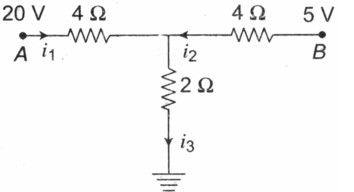
or
or or
New answer posted
4 weeks agoContributor-Level 9
Forward biased offer zero Resistance
D2} Reversed biased offers Infinite Resistance
New answer posted
a month agoContributor-Level 9
R_eq = 10 + (50 * 20) / (50 + 20) = 170/7 Ω
⇒ I = 170 / (170/7) = 7A
⇒ x = 10 * 7 = 70V ⇒ Voltage across 10Ω resistor
New answer posted
a month agoContributor-Level 9
From ohm's Law, V = IR = I (ρl / A) = I (ρl / (πd²/4) ⇒ ρ = (πd²V) / (4lI)
Relative error in resistivity,
Δρ/ρ = 2 (Δd/d) + ΔV/V + Δl/l + ΔI/I = 2 * (0.01/5.00) + (0.1/5.0) + (0.1/10.0) + (0.01/2000) = 0.039
Percentage error = (Δρ/ρ) * 100 = 3.9%
Taking an Exam? Selecting a College?
Get authentic answers from experts, students and alumni that you won't find anywhere else
Sign Up on ShikshaOn Shiksha, get access to
- 65k Colleges
- 1.2k Exams
- 687k Reviews
- 1800k Answers

